
Charles Aubrey Buser
Please join us at an end-of-the-year event to celebrate the American Indian Studies program at OSU and to mark the completion of a multi-year archival project to digitize and repatriate The Charles & Patricia Buser Collection Devoted to American Indian Languages and Cultures.
A reception will be held in 165 Thompson Library, beginning at 4:00 p.m. on Tuesday, April 16. Following the reception, guests will be invited to move into the Special Collections Reading Room to interact with the collection.
In addition to members of the University Libraries and American Indian Studies communities the event will feature remarks from Stephen Buser, the son of the late Charles Buser and an emeritus professor at Ohio State, Margaret Newell, Associate Professor of History, and representatives from the Wyandotte Nation and the Eastern Shawnee Tribe of Oklahoma and the Wyandot of Anderdon Nation.
The Story of the Collection:
Charles Aubrey Buser (1922-2010) and Ardis Patricia Anderson Buser had a strong personal interest in Wyandotte language and culture. They traveled widely, throughout the United States and Canada, making many enduring friendships along the way. They explored the history and traditions of the Wyandotte, as well as other native peoples, gathered genealogical information, and in the process sought to record as much as possible of the languages, both in text and audio recordings. Charles Buser‘s research proved to be valuable to the Wyandotte people on more than one occasion, and he was honored for his contributions.
Stephen Buser, Professor Emeritus of the Fisher College of Business at The Ohio State University, recognized the research value of his parents’ papers and was a major contributor to a digitization project that will make the collection available for research at the OSU Libraries.
The Buser collection in its original physical state, which is now held by the Wyandotte Nation in Oklahoma, consists of 13 boxes of photocopies, notes, books, pamphlets, government documents, clippings, audio recordings, and a great deal of personal correspondence. The finding aids maintain the order in which the collection came to us for scanning, and thus they are divided into box and folder categories. Additional binders and boxes of note cards were used to track historical events and form the beginning of a dictionary. The collection contains a wealth of information that will be an essential research resource for historians, linguists and genealogists. The contents are of value for researching the history of the Wyandotte people in general, and individual families in particular. Buser, who also documented cultural practices and details about clothing design, was at times consulted by the Wyandotte because of the extent of his knowledge in these areas.
Our Celebration:
We will have five visitors joining us for this event:
Chief Billy Friend, Wyandotte Nation, Oklahoma
Lloyd Divine, Culture Committee Chair, Wyandotte Nation, Oklahoma
Sherri L. Clemons, Tribal Heritage Director, Wyandotte Nation, Oklahoma
Chief Ted Roll, Wyandot of Anderdon Nation
Chief Glenna Wallace, Eastern Shawnee Tribe of Oklahoma
We hope that you can join us in welcoming these representatives of the Wyandotte and Shawnee to OSU.


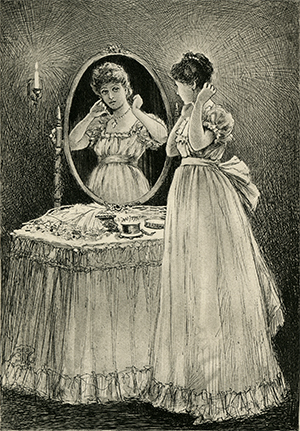





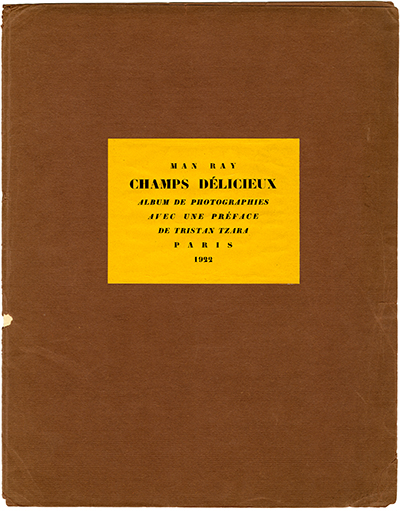




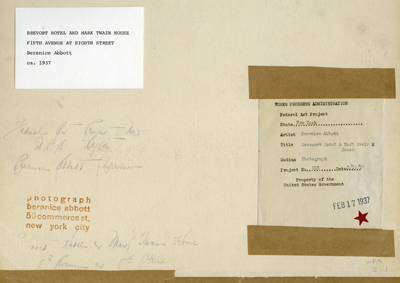



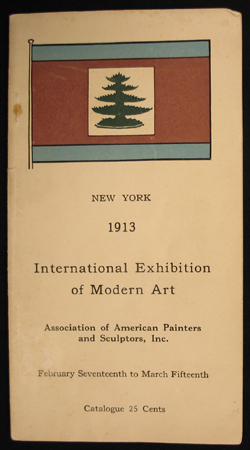
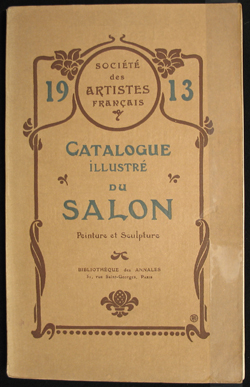
Recent Comments